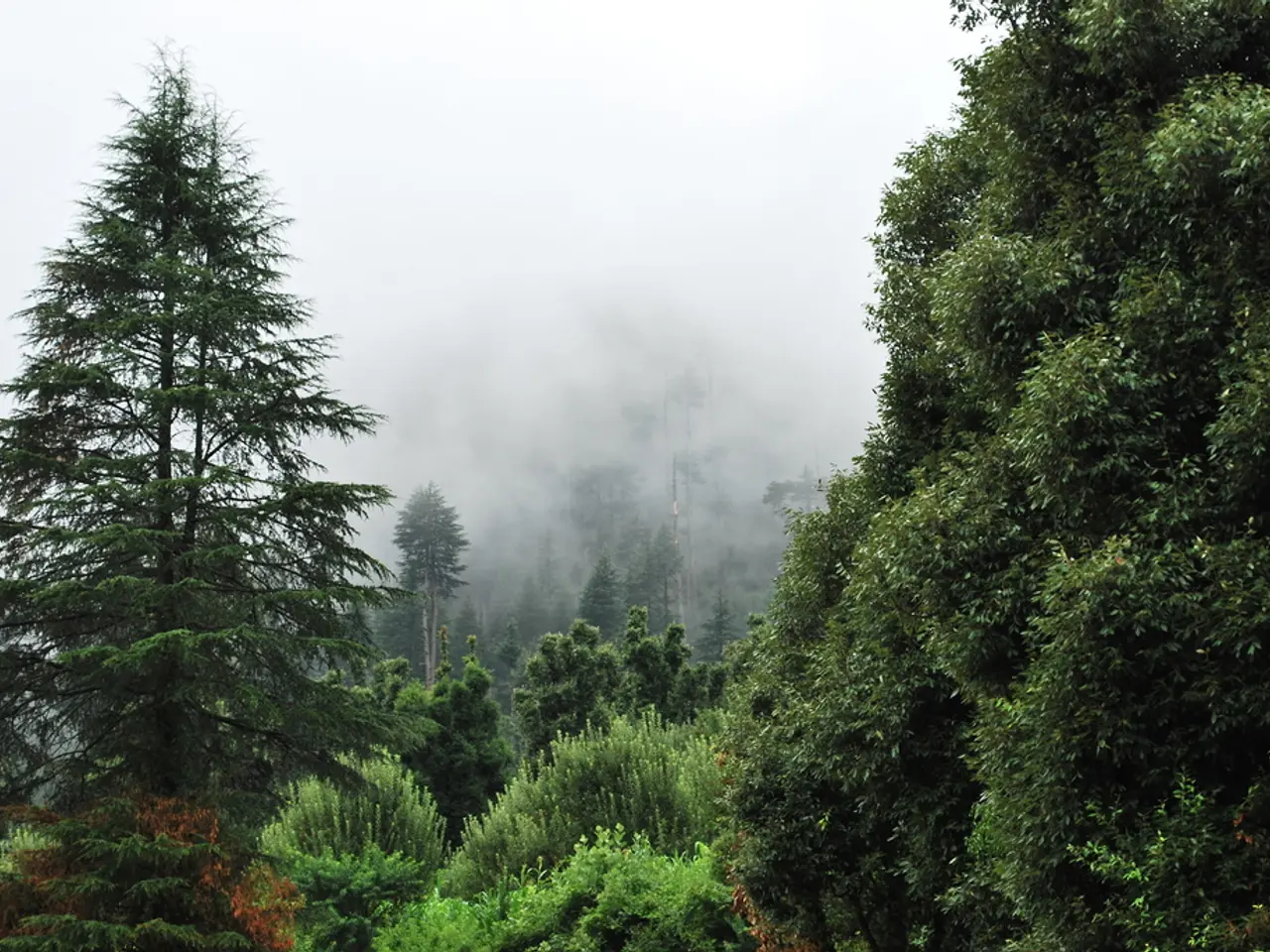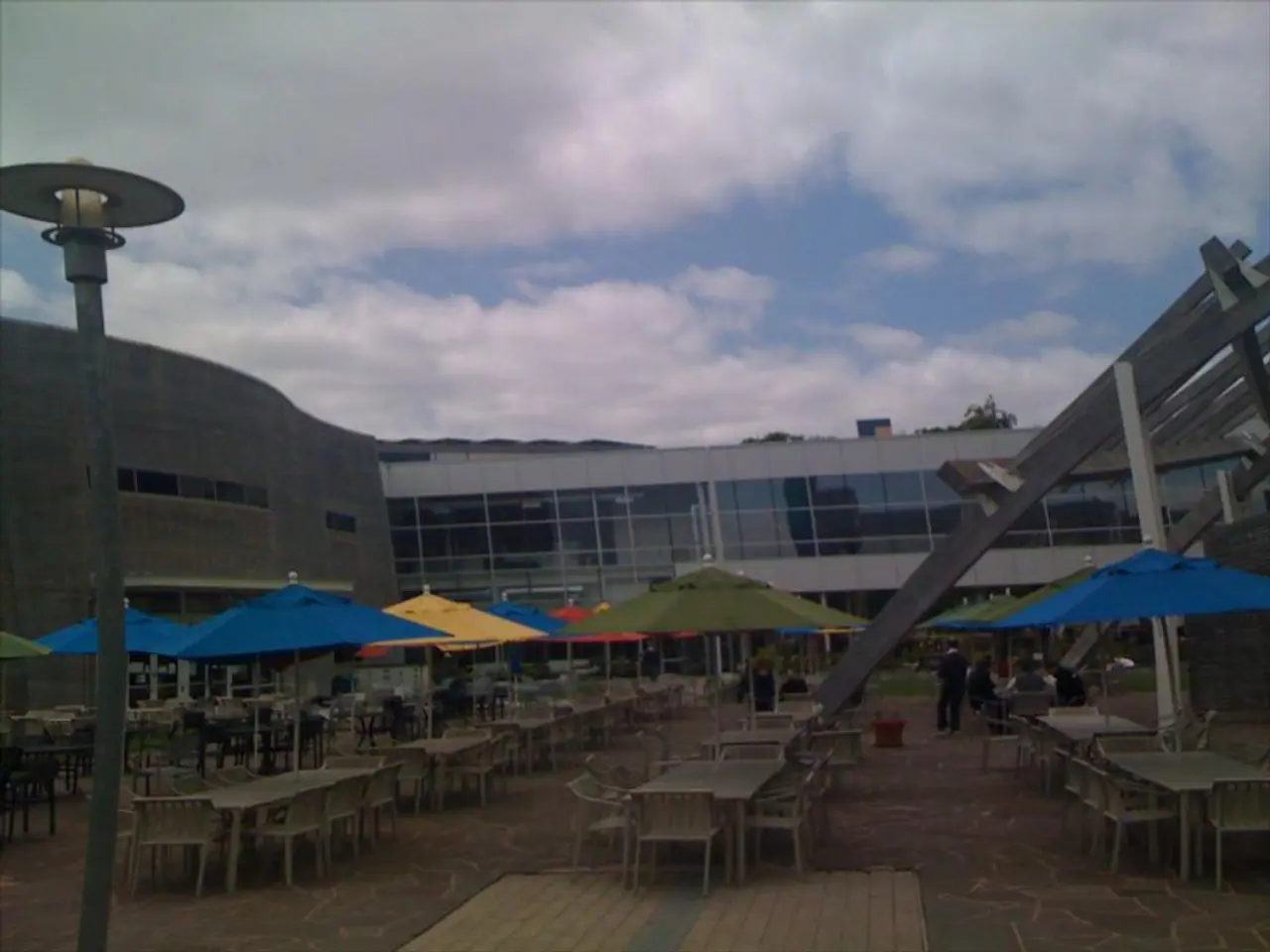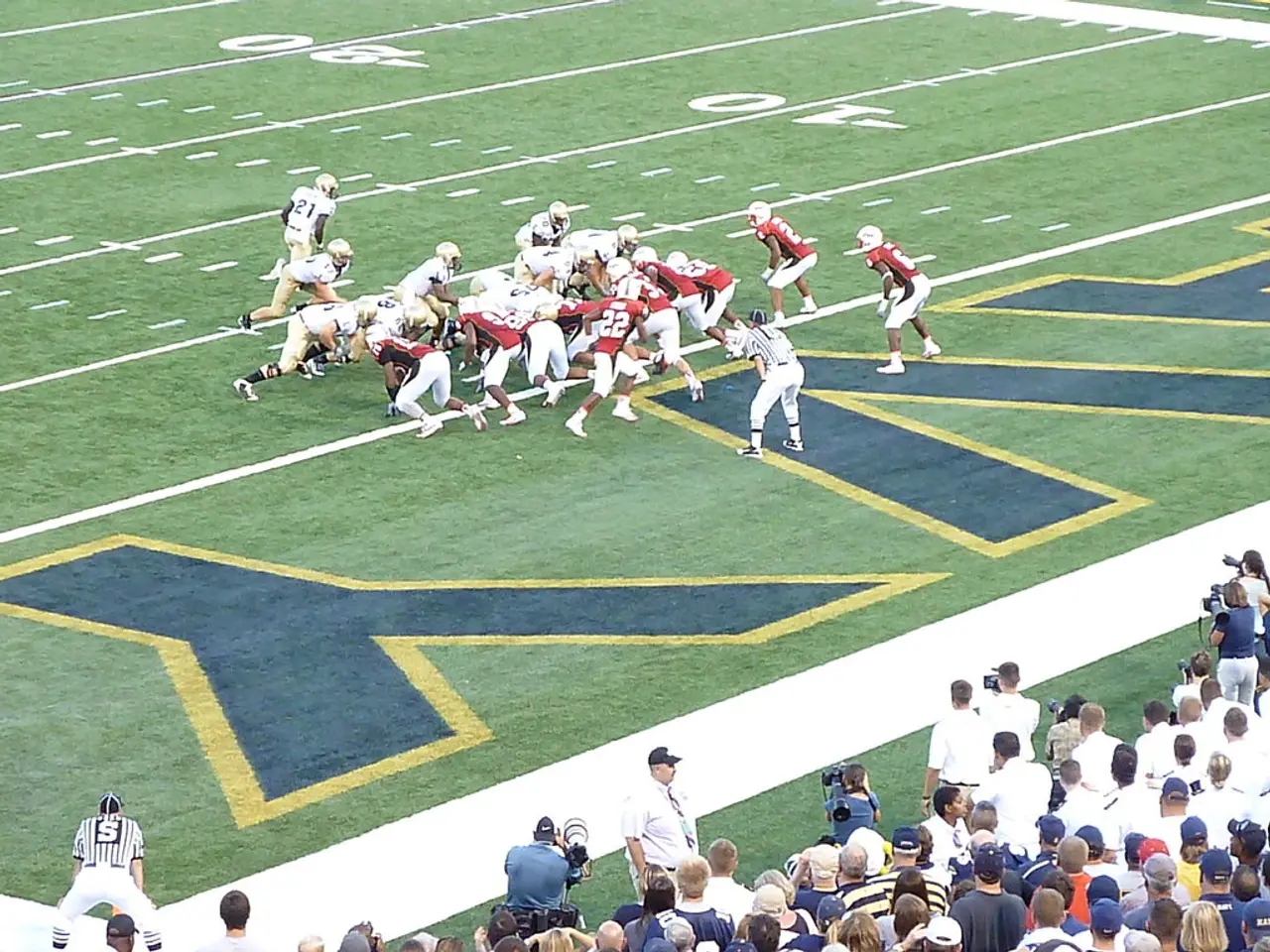Massive 8.8 earthquake, according to the USGS, strikes near Russian shores, surpassing the world's largest seismic event recorded since 2011.
The Kuril-Kamchatka subduction zone, located where the Pacific plate slides beneath the North American plate, experienced a significant earthquake on Wednesday. The USGS reported a magnitude 8.8 earthquake, making it one of the largest globally since 2011.
This seismic event followed a series of smaller quakes in the same waters over the last few days. Since 1990, this segment of the subduction zone has generated nearly 700 earthquakes of magnitude 5.0 and above, highlighting the region’s continuous seismic activity.
The 8.8 magnitude earthquake that occurred near Kamchatka is the largest the world’s seen since 2011, when a 9.0 magnitude one struck Japan. In 1952, a magnitude 9.0 earthquake occurred off the Kamchatka Peninsula, rupturing approximately 600 km of the plate interface, according to the U.S. Geological Survey. Another significant event, an Mw 8.4 earthquake in 1923, also occurred in the same area.
The recent earthquake has caused strong shaking and tsunami waves with maximum heights up to 4 meters locally. However, the USGS has not reported any tsunami waves reaching California as a result of the recent earthquake in Russia.
The Kuril-Kamchatka subduction zone has a well-documented history of frequent large to great megathrust earthquakes and thousands of moderate to strong events. Notable seismic episodes in this region include those in 1923, 1952, and very recently in 2025.
This seismicity results from the Pacific Plate's northwestward subduction beneath the North American Plate along the Kuril-Kamchatka trench, making it a major source of some of the world’s largest and most frequent earthquakes.
In 2011, a 9.0 magnitude earthquake struck off the coast of Honshu, Japan, causing a tsunami that topped seawalls and eventually disabled three nuclear reactors. Thankfully, the recent earthquake in the Kuril-Kamchatka subduction zone did not result in any reported incidents or significant damage.
Despite the ongoing seismic activity in the region, it is essential to remember that earthquakes cannot be predicted with certainty. However, understanding the history of seismic activity in the Kuril-Kamchatka subduction zone can help scientists better understand the risks and prepare for potential future events.
International weather agencies are closely monitoring the aftermath of the strong earthquake that struck the Kuril-Kamchatka subduction zone. Businesses in the affected region are reporting disruptions due to the earthquake and resulting tsunami waves.








